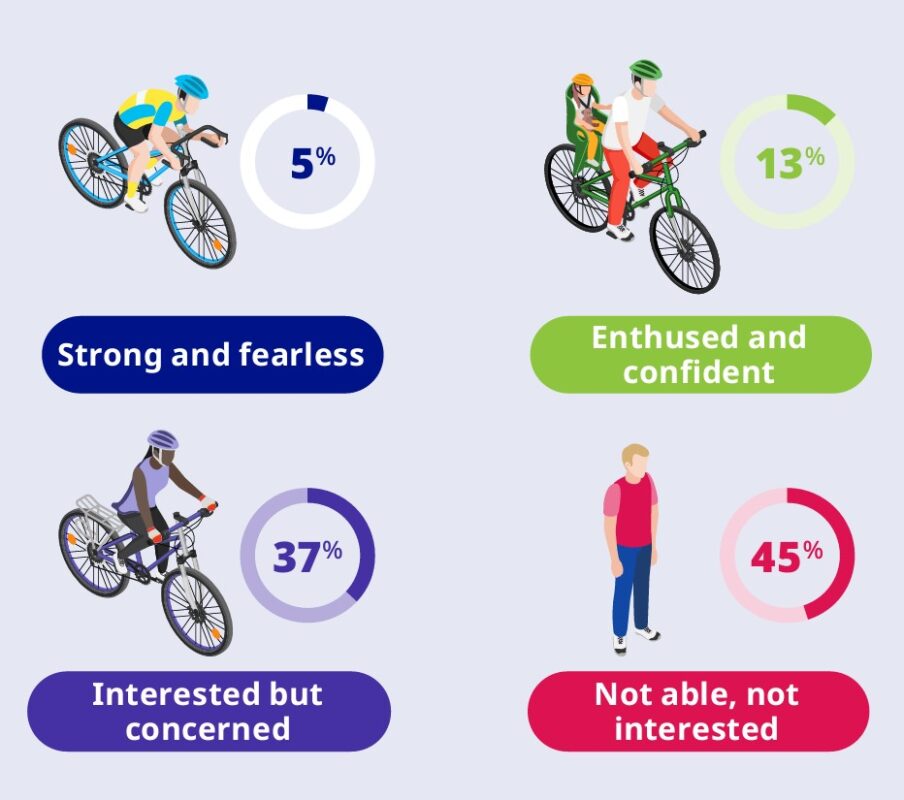The Tasmanian Government has updated its statewide bike riding and walking strategy, with public feedback accepted until 9 December.
The Walk, Wheel, Ride Strategy will take the place of the now out-of-date Tasmanian Walking and Cycling for Active Transport Strategy and covers the next 10 years.
The main goal of the strategy is for 50% of short trips to be walked, ridden otherwise wheeled (e.g. scooters, wheelchairs, skateboards, rollerblades). Other goals include increasing the number of people who bike ride weekly from 11% to 20% and doubling the number of people who walk or ride to work or school.
The current rate of government funding for active transport is only about 2% of the overall transport budget. One of the questions within the strategy is what people think this should be.
To get there, the strategy proposes to create safe, convenient and enjoyable active transport routes, which become the first choice for people making local trips by prioritising active transport in some locations through delivery of the right infrastructure.

Four priority areas are identified, which will guide development of an action plan to accompany the final strategy.
- Connected, enjoyable and safe journeys
This area focuses on the need for riding network plans to be put in place by local and state governments, similar to the existing Greater Hobart Cycling Plan. The guiding principle for this priority is continuous paths from people’s homes to destinations that can be used by all ages and abilities.
- Welcoming and vibrant places
This area recognises that some streets are places that people want to spend time and so they need to have traffic calming and better facilities for people walking and riding.
- Promote and encourage walking, wheeling and riding
This area acknowledges the power of teaching people riding and maintenance skills and promoting riding and walking to a broader audience to help them give it a go.
- Collaborate, support and accelerate change
Working together across governments and community can see projects successfully delivered, such as the coastal pathway which started as a community idea, supported by local councils and funded by local, state and federal governments.
The online survey asks for feedback on the four priorities and ideas for actions under each topic.
Or become our friend and subscribe to receive our fortnightly newsletter.


